نبذة مختصرة : peer reviewed ; The protected areas (PA) of the Democratic Republic of the Congo serve as vital carbon reservoirs and are crucial for biodiversity conservation and climate regulation. Despite their significance, these areas face escalating rates of deforestation and degradation, often poorly understood at the local level. This study focuses on the dynamics of tropical moist forest (TMF) and the relative importance of the driving factors in the landscape of Kahuzi-Biega National Park (KBNP), one of the country’s prominent PAs. Analyzing annual TMF dynamics from 1990 to 2022 using data classified by Vancutsem and his collaborators in 2021 from Landsat imagery alongside spatial datasets of deforestation and degradation drivers, we employed a comprehensive analytical approach. This included meshing, multi-scale analysis, principal component analysis, zoning, multiple linear regression, and relative importance analysis through bootstrapping. The findings indicate that the grid size considered does not significantly influence TMF dynamics in the KBNP landscape (p-value = 0.67, α = 0.05). The edge and outer zones experienced substantial dynamics, with approximately 30% forest cover loss in both areas, contrasting with the relatively stable TMF cover (~100%) in the inner zone. Fire emerged as the most influential driver, explaining TMF dynamics with a relative importance of approximately 55%, 30%, and 23% in the inner, edge, and outer zones, respectively. This study underscores KBNP’s efficacy in curbing TMF loss but highlights the need for enhanced protection around its periphery. Management efforts should prioritize sustainable land use practices, livelihood improvement, and the establishment of an officially recognized buffer zone.
 Processing Request
Processing Request
 Processing Request
Processing Request


No Comments.